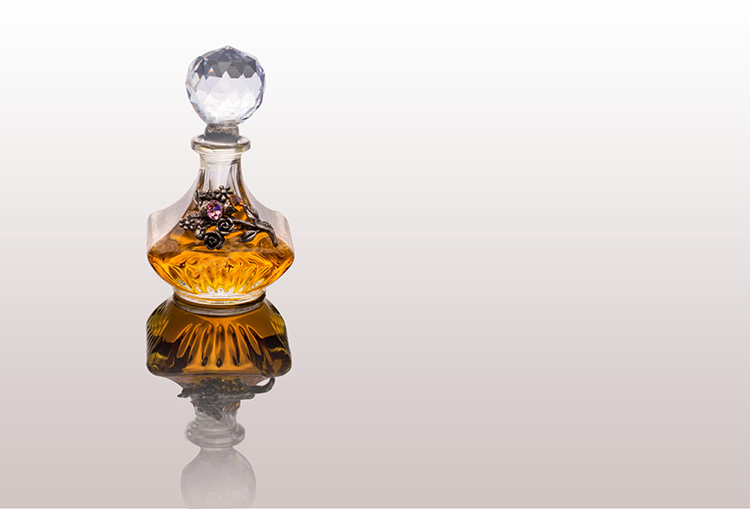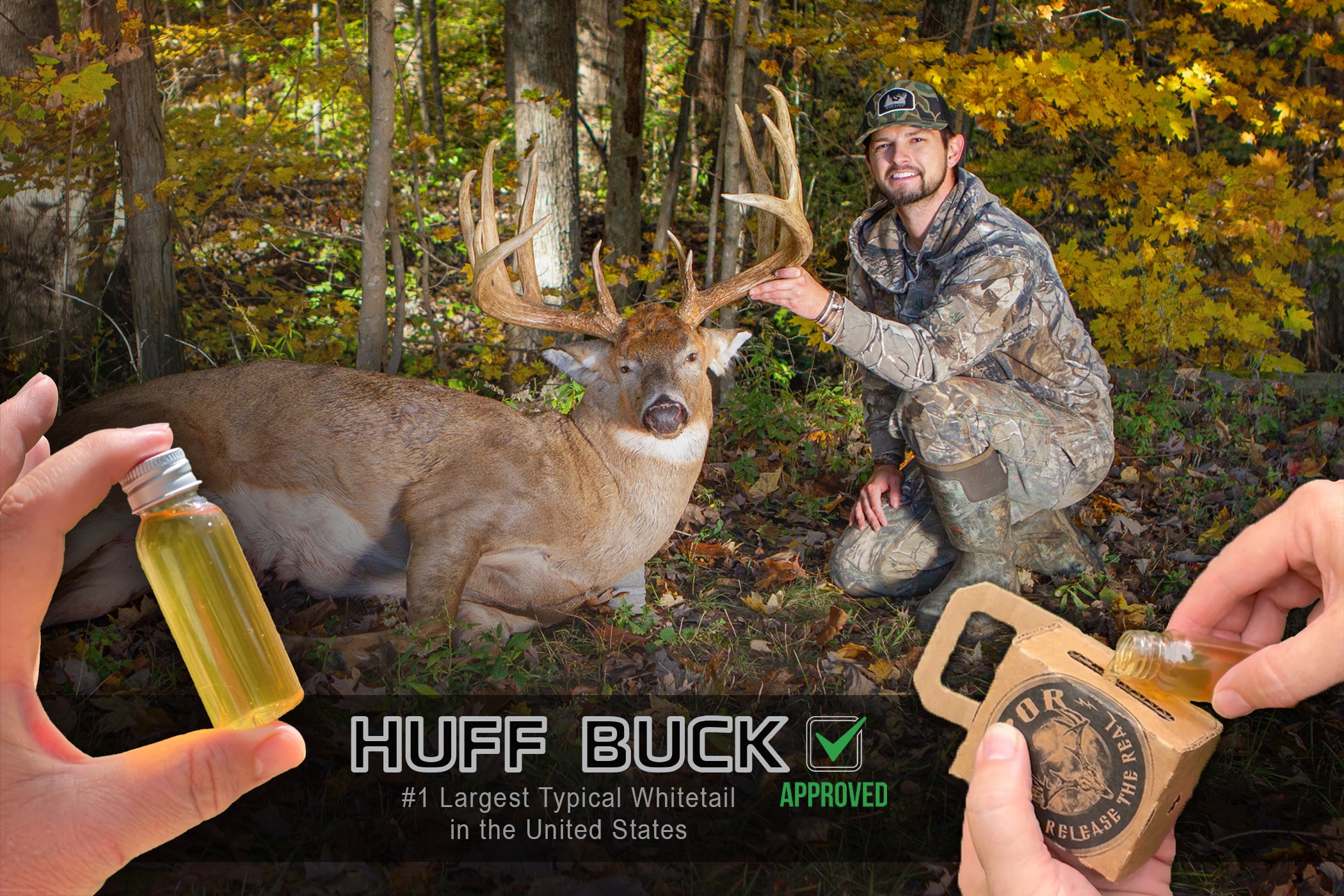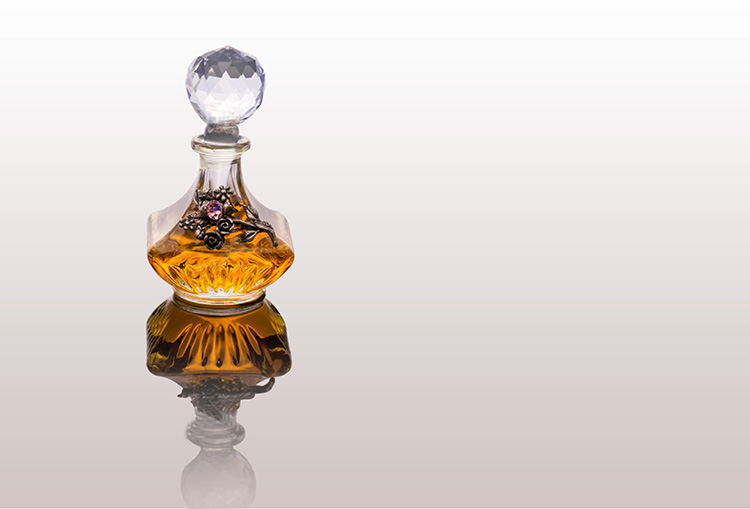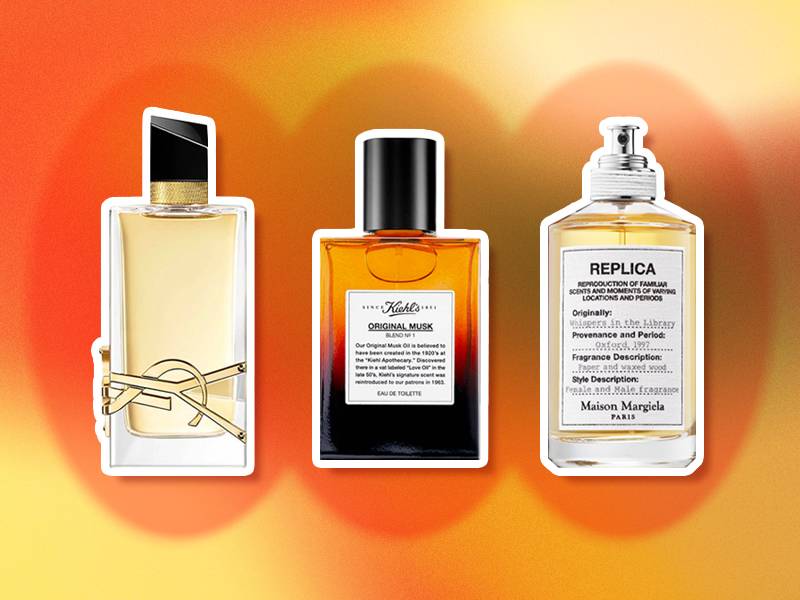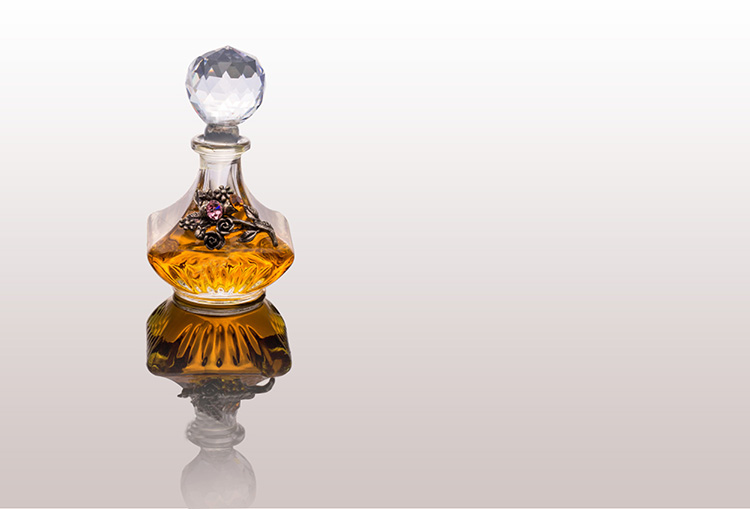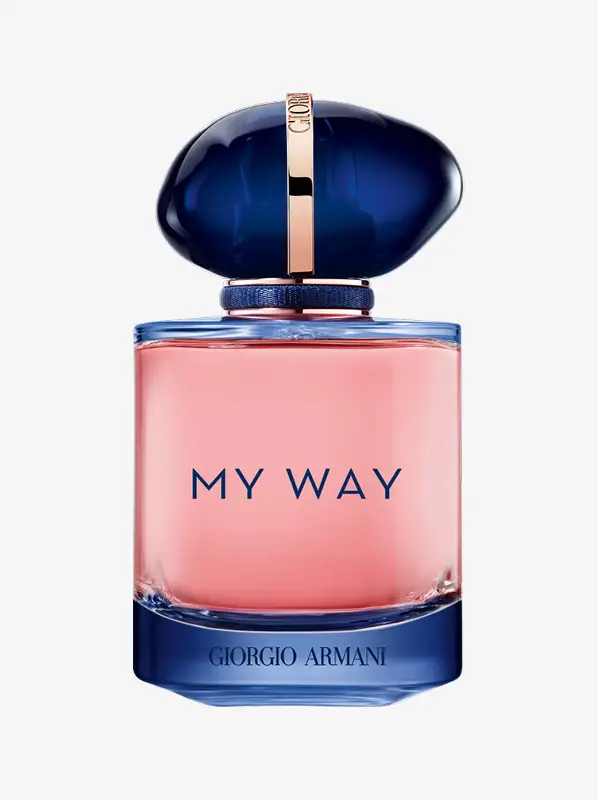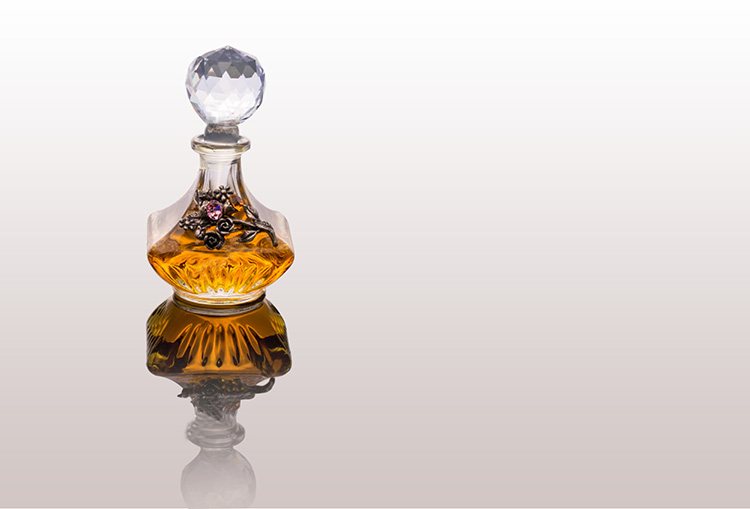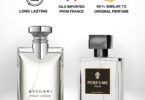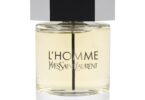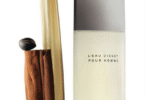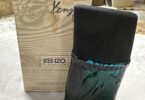Musk comes from the glandular secretions of several animals, such as the muskrat and deer. Musk, the aromatic substance used in perfumes and fragrances, is derived from the glandular secretions of various animals, including the muskrat and deer.
This natural substance has been prized for centuries for its unique scent and has been used in numerous cultural traditions. With its earthy and musky aroma, musk adds depth and complexity to many perfumes and colognes. From its humble origins in the animal kingdom, musk has found its way into the world of luxury fragrance, captivating the senses and leaving a lasting impression.
We will explore the fascinating origins of musk and its evolution as a coveted ingredient in the perfume industry.
What Is Musk?
Musk is a substance that has been used for centuries in perfumes and fragrances. It is a highly valued ingredient due to its unique and musky aroma. Musk is typically derived from the glands of certain animals, most notably the musk deer. The musk deer secretes the musk from a gland located near its abdomen, and this substance is then collected and processed for use in perfumes and other products.
Historically, musk has played a significant role in the fragrance industry. It has been used as a base note in perfumes, providing a deep and sensual scent. Musk has also been associated with luxury and opulence, as it was often used by royalty and the upper classes. Today, musk is still highly prized in the perfume industry, and there are also synthetic versions available for those who prefer not to use animal-derived musk.
Uses And Benefits Of Musk
The uses and benefits of musk are varied and extensive. Musk is known for its versatility and is used in a wide range of consumer products. It is commonly found in perfumes, colognes, and other fragrances, adding a unique and appealing scent. Musk is also used in cosmetics, including skincare products and makeup, as it can provide a subtle and long-lasting aroma. In addition to its use in the beauty industry, musk also offers various health and wellness benefits. It has been used in traditional medicine for its properties that promote relaxation and stress relief. Musk has also been attributed to aiding in skin rejuvenation and boosting mood. Overall, musk is a valuable ingredient that has found its way into diverse products, providing both aesthetic and therapeutic benefits.
Musk Deer
Musk is a substance highly valued for its fragrance and is commonly used in perfumes and colognes. It is derived from various sources, but one of the most well-known origins is musk deer. Musk deer are native to mountainous regions of Asia, particularly in countries like China, Russia, and Mongolia. They prefer habitats with dense vegetation and are often found in forests and alpine meadows.
The process of extracting musk from musk deer is a delicate and time-consuming one. It involves collecting the musk pod or gland that is located in a specific area of the male deer’s body. The musk gland contains the substance, which is then dried and processed for commercial purposes. However, due to the high demand for musk and illegal hunting, musk deer populations are at risk.
To protect and conserve this species, various conservation efforts have been implemented. These include restrictions on hunting, the establishment of protected areas, and raising awareness about the importance of musk deer conservation. By supporting these initiatives, we can help ensure the survival of musk deer and the sustainability of the musk industry.

Credit: naturalnicheperfume.com
Muskox
Muskox, scientifically known as Ovibos moschatus, is a fascinating creature that plays a significant role in the production of musk. The distribution of muskox can be found in the Arctic regions of North America, specifically Alaska, Greenland, Canada, and Siberia. These resilient animals have adapted to survive in extreme cold and harsh environments.
The musk extraction process involves collecting the musk pods or glands, which are located near the genitals of male muskoxen. The glands secrete a substance known as musk, sought after for its unique fragrance and potential medicinal properties. The musk is then obtained through various methods, including manual extraction and synthetic production.
Conservation efforts are in place to protect muskox populations and their habitats. Conservation organizations work towards preserving their natural habitats, monitoring their populations, and implementing regulations to ensure sustainable musk harvesting practices. It is crucial to strike a balance between the demand for musk and the well-being of muskoxen in order to maintain their ecological significance.
Beaver
The musk used in perfumes and fragrances actually comes from a surprising source – beavers. Beavers have scent glands located near their genitals, also known as castor sacs, which produce a substance called castoreum. This substance is rich in natural oils and is responsible for the musky odor.
The distribution of beavers is quite wide, with these semi-aquatic rodents found in North America, Europe, and Asia. They prefer living near water bodies like rivers, streams, and ponds.
Extracting musk from beavers involves a careful process. The castoreum is obtained by milking the beaver’s castor sacs or extracting the liquid through a small incision. After collection, the castoreum is typically stored and aged to enhance its fragrance.
Due to the increased demand for musk and concerns about animal welfare, conservation efforts for beavers have gained importance. These efforts focus on sustainable harvesting practices and protecting their natural habitats to ensure their survival in the wild.
Synthetic Musk Fragrance Compounds
Synthetic musk fragrance compounds are widely used in the perfume industry to mimic the scent of natural musk. These compounds are created through a complex process that involves the synthesis of various chemicals. The creation of synthetic musk involves the combination of aromatic compounds such as nitrobenzene and formaldehyde, which are then transformed into musk-like molecules through a series of reactions. This process allows perfumers to replicate the unique smell of musk without harming animals or depleting natural resources.
There are several advantages to using synthetic musk in fragrances. Firstly, it offers a more sustainable and ethical alternative to natural musk. Secondly, synthetic musk fragrances are more stable and longer lasting compared to their natural counterparts. Additionally, these synthetic compounds provide perfumers with greater flexibility in creating unique and consistent scents. However, there are also some disadvantages to consider. Synthetic musk has been found to accumulate in the environment, posing potential risks to wildlife and ecosystems. Furthermore, some people may have sensitivities or allergies to synthetic musk fragrances.
Overall, the creation of synthetic musk fragrance compounds presents both benefits and drawbacks. It offers a sustainable and versatile alternative to natural musk but also raises concerns about environmental impact and potential health effects. Perfume companies and consumers alike must weigh these factors when deciding whether to embrace synthetic musk in their products or seek alternative solutions.
Musk In Industrial Applications
Musk is widely used in various industries for its unique properties and distinctive scent. It is extracted from the glandular secretions of musk deer, primarily found in Asia. The utilization of musk in industrial applications has been extensive and diverse.
The fragrance industry is one of the major consumers of musk. It is used as a key ingredient in perfumes, colognes, and other scented products. Musk’s aroma adds depth and allure to these products, making them highly sought after.
Additionally, musk finds its application in the pharmaceutical industry. It is used in the formulation of medications, especially those related to cardiology and neurology. Musk has been found to possess certain medicinal properties that aid in the treatment of various health conditions.
Moreover, the textile industry also utilizes musk in the manufacturing of fabrics and garments. Its use adds a pleasant fragrance to clothing items, enhancing their appeal and market value.
Despite its widespread utilization, there have been environmental concerns related to synthetic musk. The production and disposal of synthetic musk have been found to have negative impacts on ecosystems and aquatic life. Efforts are being made to develop environmentally friendly alternatives to synthetic musk.
Frequently Asked Questions
Where Did Musk Smell Come From?
Musk smell originated from the scent glands of the musk deer found in Asia.
How Do They Collect Musk From Deer?
Deer musk is collected carefully from deer using a process that is humane and non-invasive.
What Does The Scent Musk Smell Like?
Musk scent is a unique and distinctive smell that is often described as warm, earthy, and animalistic.
What Is Musk Smell For Humans?
Musk smell is a scent found in some perfumes and natural substances. It is distinct, earthy, and animal-like.
Conclusion
The origin and production of musk have a rich history dating back centuries. Musk is a precious natural substance derived from the musk deer, and it has been highly valued for its unique scent and therapeutic properties. However, due to concerns over the exploitation of wildlife and the emergence of synthetic alternatives, the sourcing of musk has become a controversial topic.
As we have explored, musk can be found in various parts of the world, including Tibet, China, Russia, and North America. With advancements in technology, scientists and perfumers are now able to create synthetic musk that closely mimics the natural fragrance.
While the debate continues over the ethical considerations surrounding musk sourcing, it is clear that the demand for this exquisite substance will continue to shape the industry. Whether natural or synthetic, musk remains a sought-after ingredient in perfumery, offering a captivating and enduring appeal.

